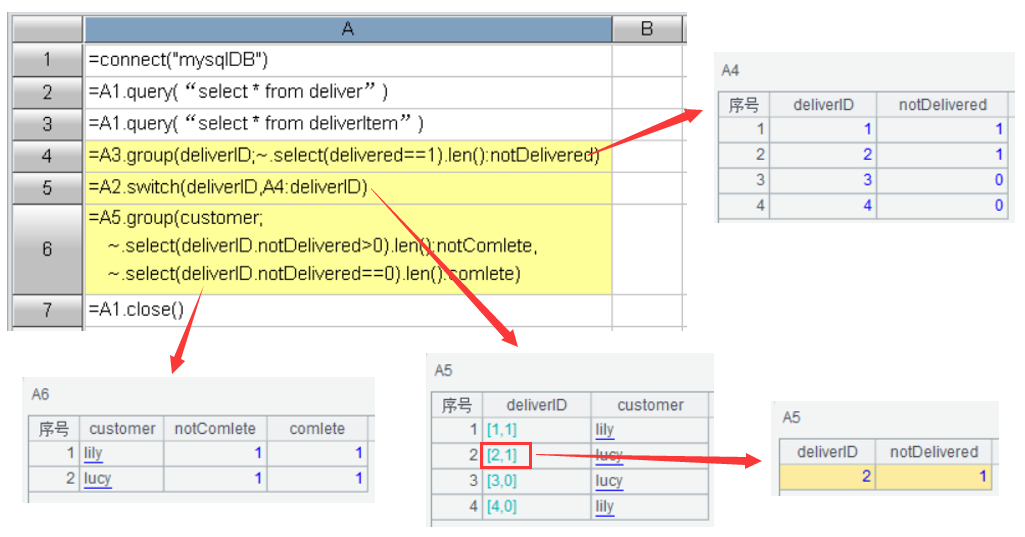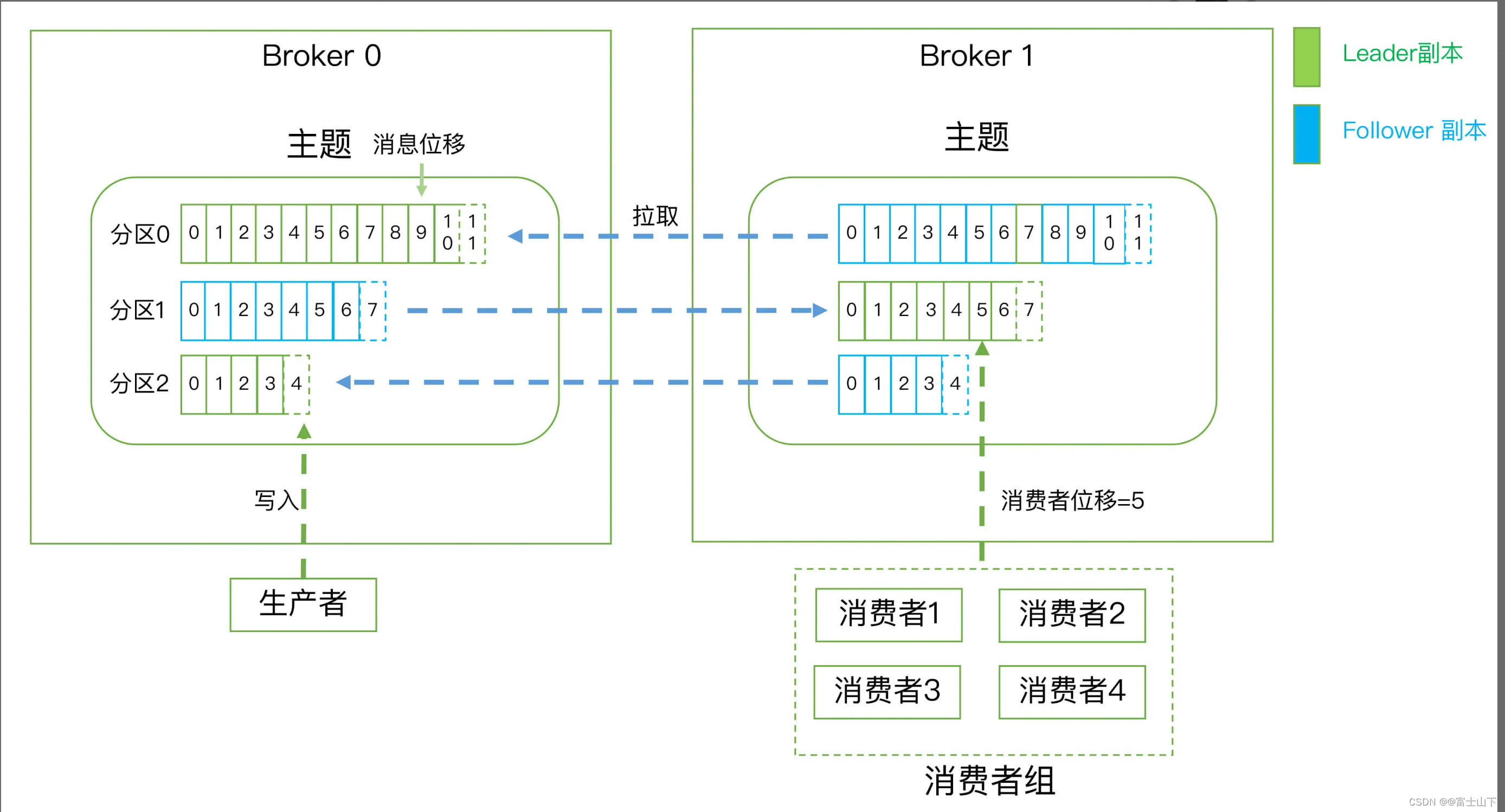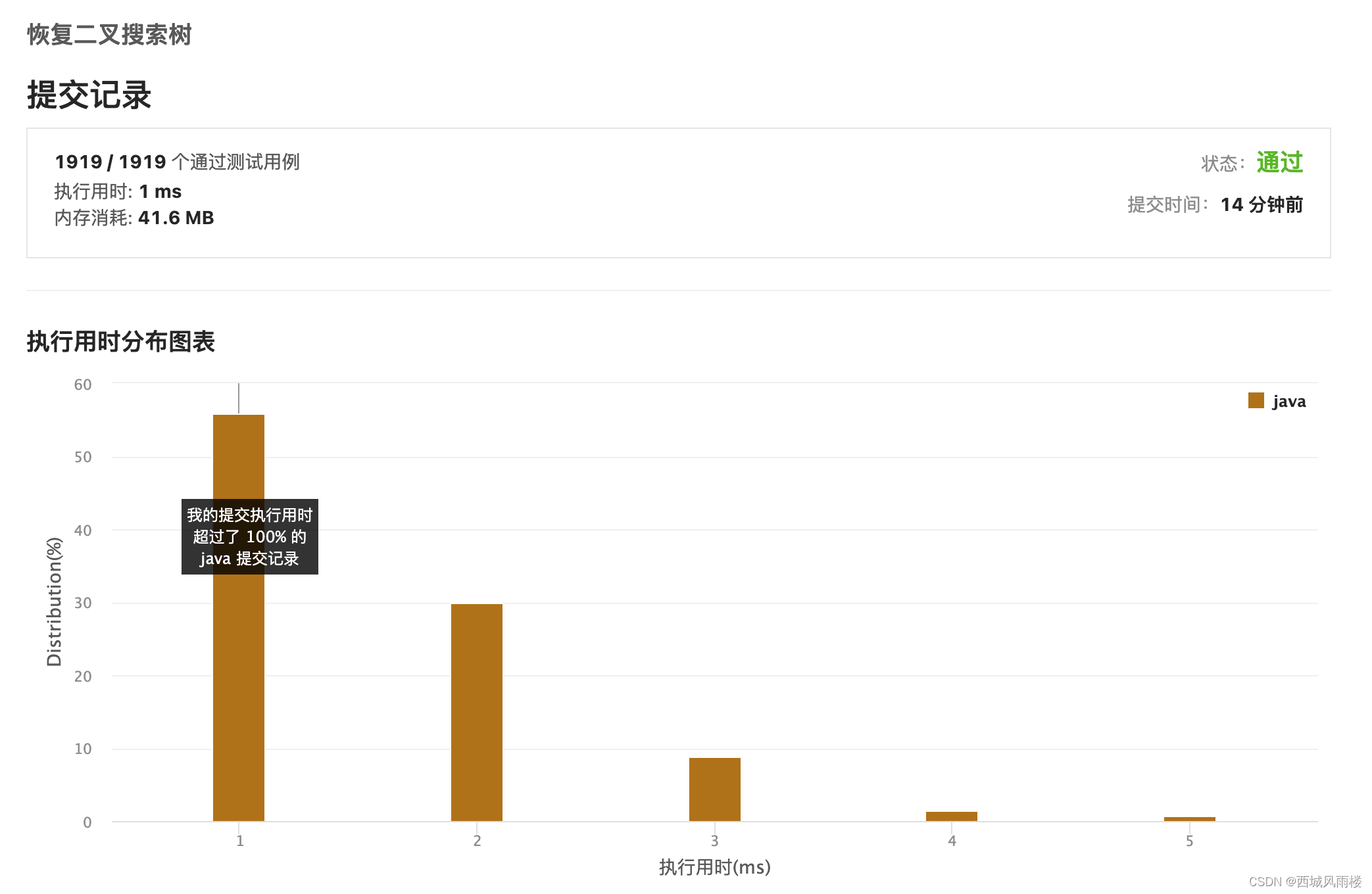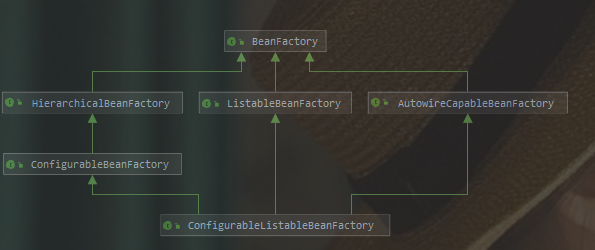Koa-Router
之前分析过 Koa/ Koa-Bodyparser 的源码,今天让我们来分析下
koa-router的源码,这个插件其实还是挺重要的。毕竟作为路由,我们还是要知道他的工作原理这里会重申下 其实我是分析了 koa-router 主干流程。一些小众类的方法并没有看,因为意义不大,基本都用不到,等用到了再去分析不晚。
简单使用
简单列举下 API
const Router = require("koa-router");
const Koa = new require("koa");
const router = new Router();
router.post("/user/login", async function (ctx, next) {
// todo ..
await next();
});
router.get("/user/list", async function (ctx, next) {
// todo ...
await next();
});
const app = new Koa();
app.use(router.routes()).use(router.allowedMethods());
内容分析
router.post(...) 都做了什么
其实这种动作
router.post/ router.get等 做的内容是非常简单的。就是将每个路由,以及中间件 收集起来。 如下图

但是具体的是如何 进行收集的呢??? 接下来会用绘图的方式 给大家描述下:

router.routes() 都做了什么
在这个逻辑中做了什么呢??? 大体的逻辑就是通过方法
match依据 stack 以及 path 来判断出合适的 layers。 然后挨个执行

-
看如下代码,通过
router.match方法获取匹配的到的 layer。// matched 结构 const matched = { path: [], pathAndMethod: [], route: false, }; // 如果是第一次的话 一定是ctx.path 表示请求path const path = router.opts.routerPath || ctx.routerPath || ctx.path; // 此时匹配path 以及method 此时会匹配到 相同的path 以及相同的method const matched = router.match(path, ctx.method); -
使用 reduce 方法将每个中间件函数 串行。 中间会插入自己定义的函数
layerChain = // exclusive === true的话 执行匹配到的最后一个方法 反之 所有的方法 (router.exclusive ? [mostSpecificLayer] : matchedLayers).reduce(function ( memo, layer ) { memo.push(function (ctx, next) { // 表示前置中间件。 记录一些路由信息 ctx.captures = layer.captures(path, ctx.captures); ctx.params = ctx.request.params = layer.params( path, ctx.captures, ctx.params ); ctx.routerPath = layer.path; ctx.routerName = layer.name; ctx._matchedRoute = layer.path; if (layer.name) { ctx._matchedRouteName = layer.name; } return next(); }); return memo.concat(layer.stack); }, []); -
通过
koa-compose来串行执行。compose(layerChain)(ctx, next);
router.allowedMethods() 都做了什么
这个方法就不做太多的描述了。无非是对特定的返回值做特殊的处理。比如:如果是
options请求 应该怎么办呢 等等
QA
问题:会匹配到多个path,以及多个中间件吗???解答:会的。因为path是允许是正则的,所以有可能会出现同一个ctx.path 符合多个router.path的。 同时也会将path对应的中间件函数收集起来。通过compose函数来执行,如果需要执行多个的话,每个中间件中调用next 即可
结论
总体而言
koa-router源码还是比较简单的,如果很懂的人可以直接忽略,不是很懂的人可以好好看看。 也可以看 更多的源码解析



















